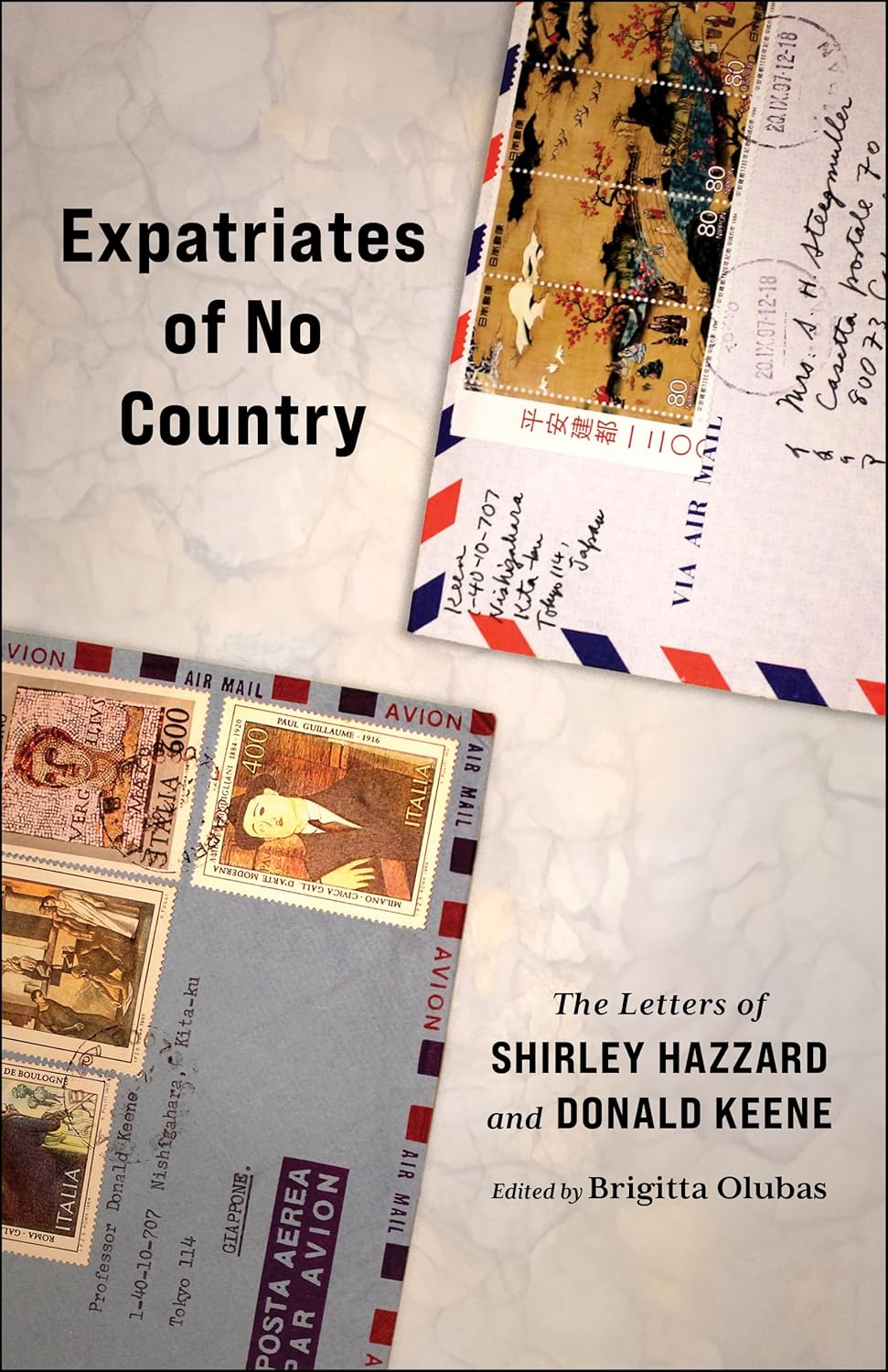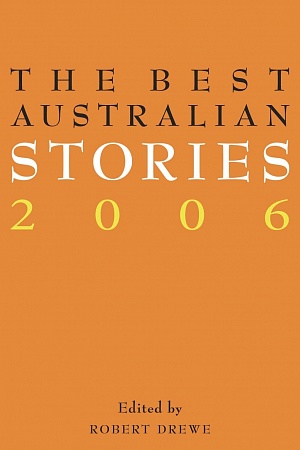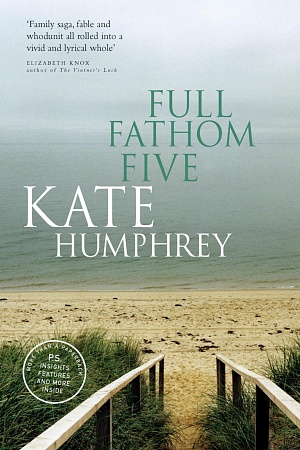The Tree
Flamingo, 246 pp, $19.95 pb
Tales of the Shut-In
American English, with its vigorous ability to get to the core of things, has an implacably visual word for the kind of person this novel is about – the ‘shut-in’. A shut-in is a recluse, perhaps a cinéaste or stay-at-home opera queen. He (I use my pronouns advisedly – the shut-in is usually a ‘he’) has a rich, century-long genealogy in books and on-screen, from Huysmans’s Des Esseintes and Wilde’s Dorian Gray to Sunset Boulevard’s Nora Desmond and Chatwin’s Utz. Alfred Hitchcock specialised in shut-ins; in Australian cinema, Norman Kaye played a lonely voyeur in Man of Flowers. The shut-in has also given birth to a critical tradition of his own. Some critics like Walter Benjamin have suggested that the habit of collecting may be a response to the twentieth century itself, a kind of specialised aesthetic reflex against consumer culture. Because he is associated with brittleness and the arts, the shut-in is frequently depicted as gay or as a sexual neurasthenic: in his wonderful book The Queen’s Throat, Wayne Koestenbaum has made a bravura anatomisation of the coded campness of the shut-in opera fan.
Continue reading for only $10 per month. Subscribe and gain full access to Australian Book Review. Already a subscriber? Sign in. If you need assistance, feel free to contact us.















Leave a comment
If you are an ABR subscriber, you will need to sign in to post a comment.
If you have forgotten your sign in details, or if you receive an error message when trying to submit your comment, please email your comment (and the name of the article to which it relates) to ABR Comments. We will review your comment and, subject to approval, we will post it under your name.
Please note that all comments must be approved by ABR and comply with our Terms & Conditions.